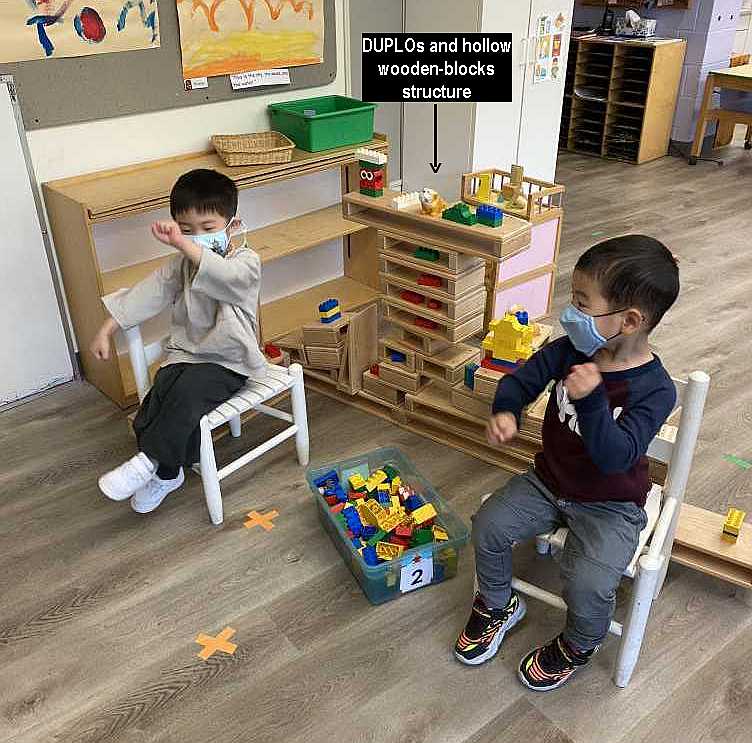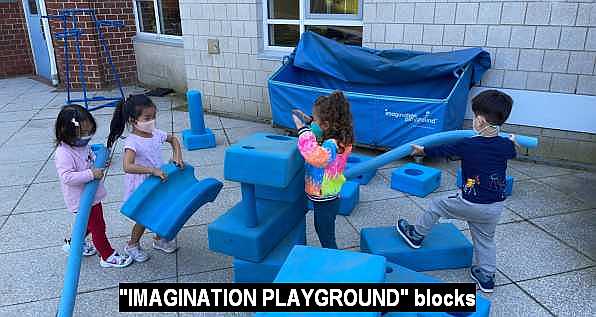Building blocks – among the simplest toys ever made – provide an extensive array of developmental benefits for children, offering myriad challenges and experiences in gross-motor, fine-motor, and eye-hand coordination development. With practice manipulating building blocks, children become adept at stacking, matching, arranging, balancing weights, and stabilizing objects and shapes. Building blocks provide unbound possibilities and problem-solving skills, thus fostering integration and flourishing of children’s imagination and creative impulses.
Playing with building blocks is a substantially effective way to develop children’s spatial intelligence and expand their mental skills and capabilities. Spatial reasoning is what allows conceptualization and visualization of objects in space and, further, their proportionality and possible movements in relation to one another. The honing of spatial intelligence is key to the support of the development of problem-solving and other cognitive abilities.
Building blocks inspire a wide range of traits – self-esteem, competence, accomplishment, resourcefulness, and flexibility. Building blocks sustain interest, build self-control, enhance patience, and help children overcome frustration. They teach children how to take turns, build friendships, and team-play. Building blocks symbolize and demonstrate how things can be designed, combined, manipulated, and changed in the world we live in. Building blocks support lateral thinking. They disengage a child from thinking in only one direction and, through experimentation, enable the realization of the existence of many possibilities.
The first formal building blocks for children appeared in 1693 – the world-famous alphabet blocks. Our preschool-3 classroom has two well-stocked shelves of large wooden floor blocks and many mini-table building blocks. Outside, we also have “Imagination Playground” blocks, which are blue and made of lightweight, biodegradable, waterproof foam in a plethora of interesting shapes. Building blocks are a major part of the early-education curriculum and help to prepare children for academic success.


